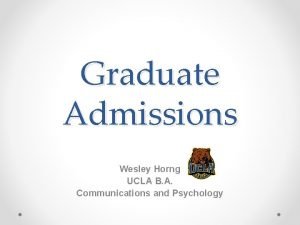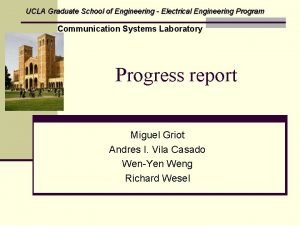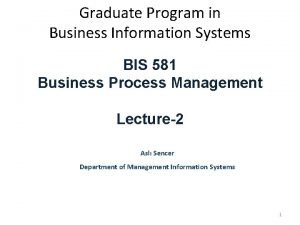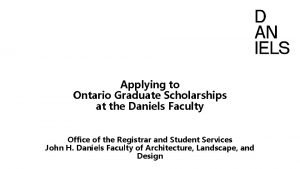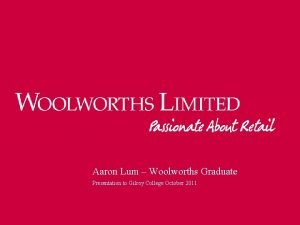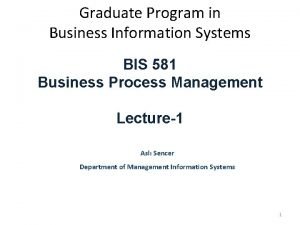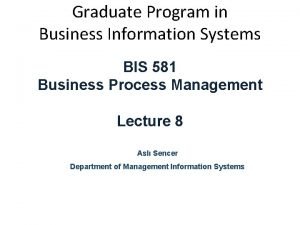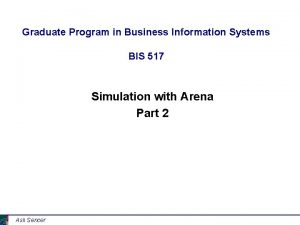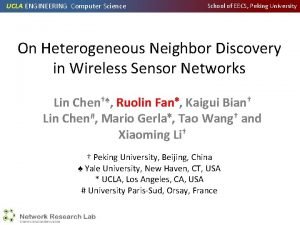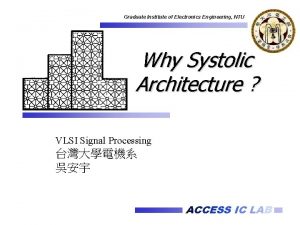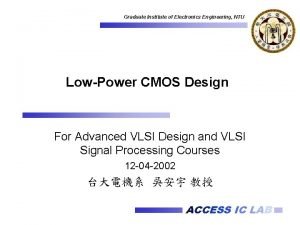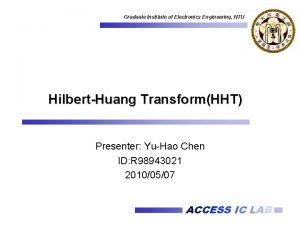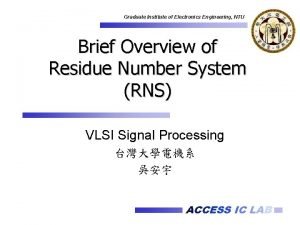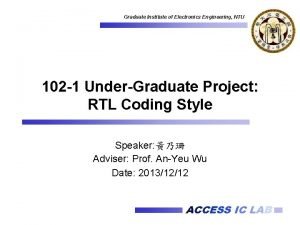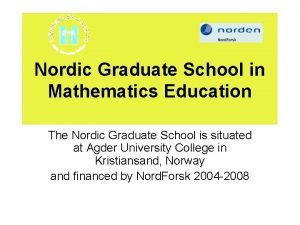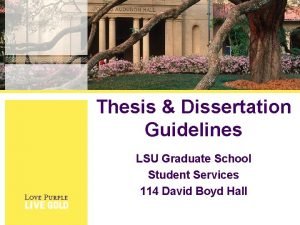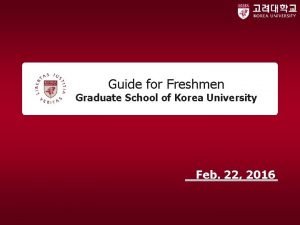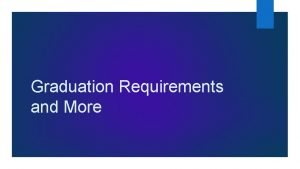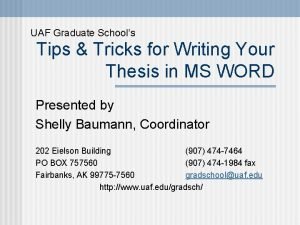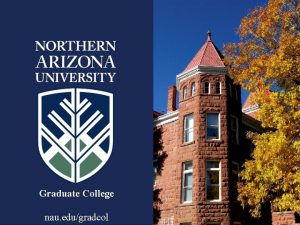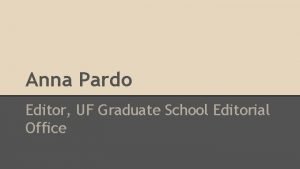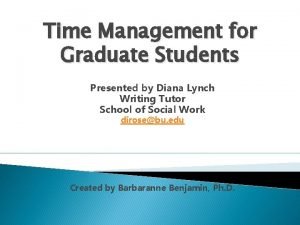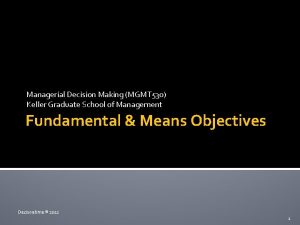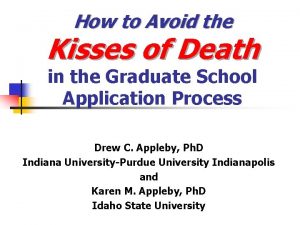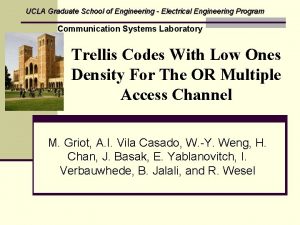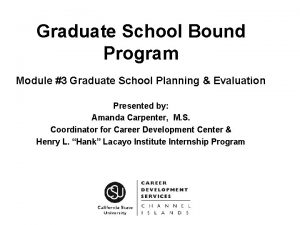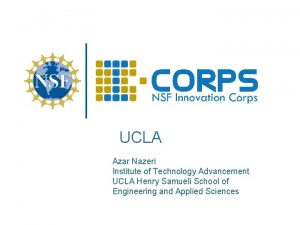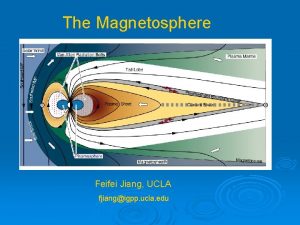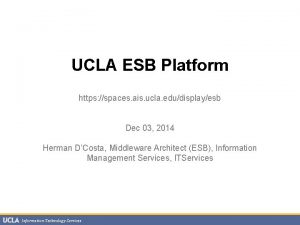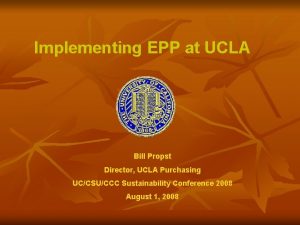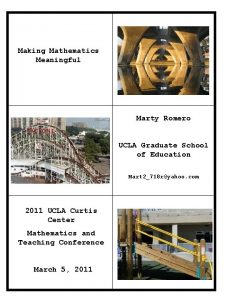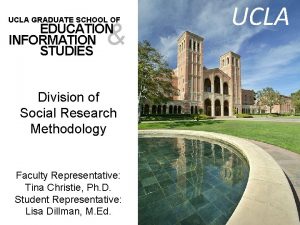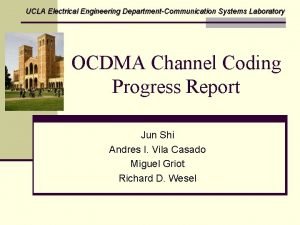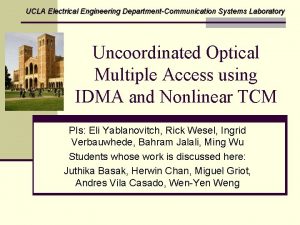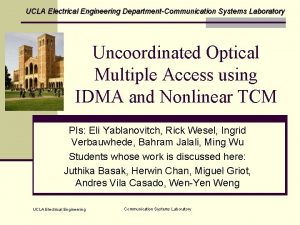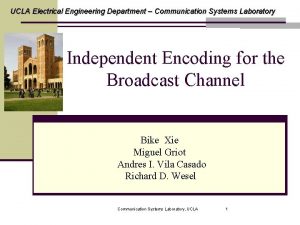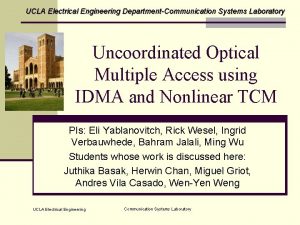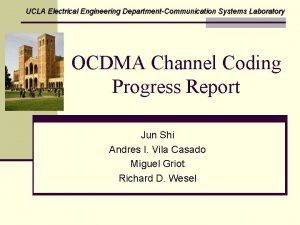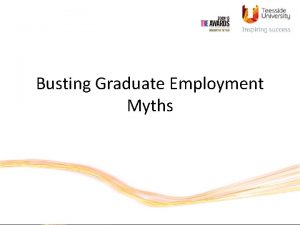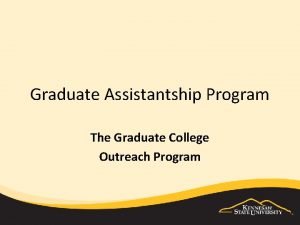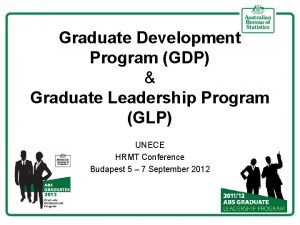UCLA Graduate School of Engineering Electrical Engineering Program







































- Slides: 39

UCLA Graduate School of Engineering - Electrical Engineering Program Communication Systems Laboratory Joint Decoding on the OR Channel Communication System Laboratory

Joint Decoding Architecture Same Code Randomly picked (different with very high probability) Encoder 1 Interleaver 1 Encoder 2 Interleaver 2 Encoder N Interleaver N Decoder DEC-1 Decoder DEC-N De-Interl 1 Interleaver 1 De-Interl N Interleaver N Elementary Multi-User Decoder (Threshold) n Decoding is done by performing belief propagation over the receiver graph n Performs well at very high Sum. Rates n High decoding complexity for a large number of users n Requires either bit synchronism or timing knowledge of all the transmitters

Joint Decoding Results 6 users

UCLA Graduate School of Engineering - Electrical Engineering Program Communication Systems Laboratory Turbo Codes for the OR Channel Communication System Laboratory

Parallel Concatenated NL-TCs n Increases complexity and latency with respect to NLTC. n Capacity achieving. NL-TC Interleaver NL-TC n Design criteria: n An extension of Benedetto’s uniform interleaver analysis for parallel concatenated non-linear codes has been derived. n This analysis provides a good tool to design the constituent trellis codes.

Parallel Concatenated NL-TCs n The uniform interleaver analysis proposed by Benedetto, evaluates the bit error probability of a parallel concatenated scheme averaged over all (equally likely) interleavers of a certain length. n Maximum-likelihood decoding is assumed. n However, this analysis doesn’t directly apply to our codes: n n n It is applied to linear codes, the all-zero codeword is assumed to be transmitted. The constituent NL-TCM codes are non-linear, hence all the possible codewords need to be considered. In order to have a better control of the ones density, non-systematic trellis codes are used in our design. Benedetto’s analysis assumes systematic constituent codes. An extension of the uniform interleaver analysis for non -linear constituent codes has been derived.

Results • Parallel concatenation of 8 -state, duo-binary NLTCs. • Sum-rate = 0. 6 • Block-length = 8192 • 12 iterations in message-passing algorithm 6 users

UCLA Graduate School of Engineering - Electrical Engineering Program Communication Systems Laboratory OR Channel when treating other users as noise: Can we provide the same sum-rate and performance for any number of users? Communication Systems Laboratory

Theoretical answer n. Theoretically: YES.

Our Experience: NL-TCM n NL-TCM: looked like we don’t have a limit in the number of users. n Results for 100 user case: Rate Sum-rate p BER 1/360 0. 2778 0. 006944 0. 49837 1/400 0. 25 0. 006875 0. 49489 n And we were right in that case.

Comparison: Number of output bits n 0 & number of ones M vs number of users

Comparison: n 0(N) & M(N) Number of ones is increasing

Comparison: n 0(N) & M(N) Same number of ones. Ungerboeck’s extension: moving deeper into the trellis. increasing

Comparison: n 0(N) & M(N) increasing All branches different Best code at this point….

Comparison: n 0(N) & M(N) increasing is the best code at this point.

v=6 N n 0 SR BER 100 344 0. 291 0. 4777 300 1000 0. 3 0. 4901 900 3000 0. 3 0. 4906 1500 5000 0. 3 0. 4907 150000 0. 3 0. 4908 We can support any number of users in the OR-MAC with basically same decoding complexity for each user, and practically same performance.

Moreover: Unused bits (Bunch of zeros)

Moreover: n Denote N* the minimum number of users for which n 0 > M. n For every N greater than N* we can use the same encoder and decoder n Design for N*. Encoder Add Zeros Decoder Delete unused bits Interleaver De-Interleaver

Limitation for Non-linear Turbo Codes n With 8 -state constituent non-linear trellis codes: n 16 -state constituent non-linear trellis codes should be used for more than 24 users.

Results • Parallel concatenation of 8 -state, duo-binary NLTCs. • Sum-rate = 0. 6 • Block-length = 8192 • 12 iterations in message-passing algorithm 6 users

With 16 -state constituent NL-TCs For 50 users: For 100 users: Around 50 users should be supported.

UCLA Graduate School of Engineering - Electrical Engineering Program Communication Systems Laboratory Code design for the Binary Asymmetric Channel Communication System Laboratory

Model for Optical MAC User 1 User 2 User N Receiver if all users transmit a 0 if one and only one user transmits a 1 if m users transmit a 1 and the rest a 0

Model n The can be chosen any way, depending on the actual model to be used. n Examples: n Coherent interference: threshold n n constant

Achievable sum-rates n n users with equal ones density p. n Joint Decoding n Treating other users as noise – Binary Asymmetric Channel: 1 1 0 0

Simulations

Simulations JD : Joint Decoding OUN: Other Users Noise

Simulations

Simulations

Simulations

Achievable sum-rates n n users with equal ones density p. n Joint Decoding n Treating other users as noise – Binary Asymmetric Channel: 1 1 0 0

Lower bounds for Sum-rate (1) n Joint Decoding: n n users, with equal ones density p. n Using n Then: n n n For the worst case ( constant) the bound is actually very tight. Note that for the case where Also note that if bound becomes 1 for (OR channel) , the lower.

Lower bounds for Sum-rate (2) n Treating other users as noise: n n users, with equal ones density p. n Using n Then: n n For the worst case ( constant) the bound is again very tight. Note that if (OR channel) , the lower bound becomes log(2) for.

Lower bound for different n This figure shows the lower bounds and the actual sum-rates for 200 users for the worst case ( JD : Joint Decoding OUN: Other Users Noise constant).

Lower bound for Sum-rate n For the Binary Asymmetric Channel, there is still a strictly positive achievable sum-rate for any number of users. n For the Coherent Interference Model, the lower bound for the achievable sum-rate is around 48% (vs. 70% for Z-Channel). n Our target sum-rate for Non-linear trellis codes is 20% (vs. 30% for Z-Channel). n For Parallel Concatenated NL-TCs, our goal will be to achieve a sum-rate of 40%. These codes are under design.

Metric for Z-Channel n We use a ‘greedy’ definition of distance (not the usual Hamming distance). n Directional distance between two codewords (denoted ) is the number of positions at which has a 0 and has a 1. n ‘Greedy’ definition of distance:

Design of NL-TCM for the BAC n The metric of the Viterbi decoder for the BAC is: n Where n n and are the number of 0 -to-1 and 1 -to 0 transitions from the codeword and the received word , respectively. The decoded codeword is: The directional distance between two codewords (denoted ) is the number of positions at which has a 0 and has a 1. Both directional distances are relevant when computing the probability of error. A good criteria is maximize the minimum of both directional distances: n This is exactly the same criteria used for NL-TCM codes for the Z-Channel

Design of NL-TCM for the BAC n Hence, although the metrics in the Viterbi decoder are different on the Z-Channel and the BAC, we use the same design technique for both cases. n However, since the achievable rate is lower for the BAC, our target rate will be lower. n We have designed codes for the Coherent Interference Model. Nevertheless, this design technique applies to any model for the 1 -to-0 transition probabilies.

Design of NL-TCM for the BAC n Results (so far): n 6 -user MAC n 128 -state, rate 1/30 NLTC (Sum-rate = 0. 2) n Coherent interference model. n n n In order to achieve the same BER than in the OR Channel case: n The number of states had to be increased from 64 to 128 (Increase in complexity). n The sum-rate was decreased from 0. 3 to 0. 2. Simulations for larger number of users are running. Parallel concatenated NL-TCs are being designed for this channel.
 Wesley horng
Wesley horng Ucla electrical engineering department
Ucla electrical engineering department Ucla ece graduate
Ucla ece graduate Oussep
Oussep Klipsch school of electrical and computer engineering
Klipsch school of electrical and computer engineering University of belgrade school of electrical engineering
University of belgrade school of electrical engineering Bis graduate program
Bis graduate program Ogs application deadline
Ogs application deadline Woolworths graduate program
Woolworths graduate program Kpmg law graduate program
Kpmg law graduate program Bis graduate program
Bis graduate program Talent accelerator program
Talent accelerator program Bis graduate program
Bis graduate program Bis graduate program
Bis graduate program Auchan graduate program
Auchan graduate program Ucla
Ucla Graduate institute of electronics engineering
Graduate institute of electronics engineering Ntu
Ntu Graduate institute of electronics engineering
Graduate institute of electronics engineering Graduate institute of electronics engineering
Graduate institute of electronics engineering Graduate institute of electronics engineering
Graduate institute of electronics engineering Ucla school of nursing
Ucla school of nursing Ucla admission deadline
Ucla admission deadline Covin
Covin Horace mann ucla community school
Horace mann ucla community school Geography gsme
Geography gsme Lsu thesis and dissertation library
Lsu thesis and dissertation library Upm sgs
Upm sgs Kupid portal
Kupid portal Georgia high school requirements
Georgia high school requirements Jesus seminary
Jesus seminary Uaf
Uaf Usf admission portal
Usf admission portal Nau graduate application
Nau graduate application Uf graduate school editorial office
Uf graduate school editorial office Ajou university gsis
Ajou university gsis Time management in graduate school
Time management in graduate school Keller graduate school of mgmt
Keller graduate school of mgmt Kisses of death for the graduate school application
Kisses of death for the graduate school application Nau family housing
Nau family housing
